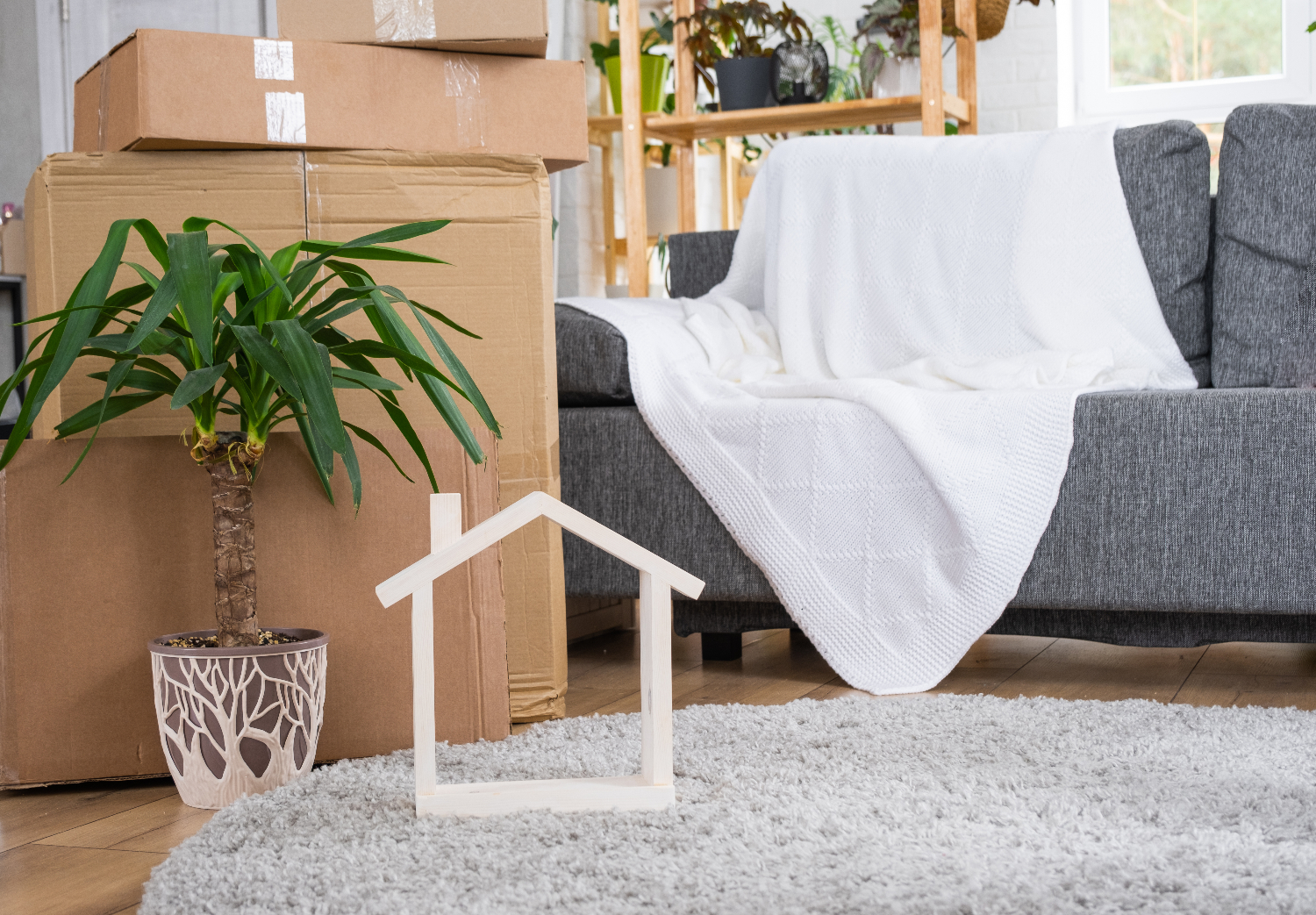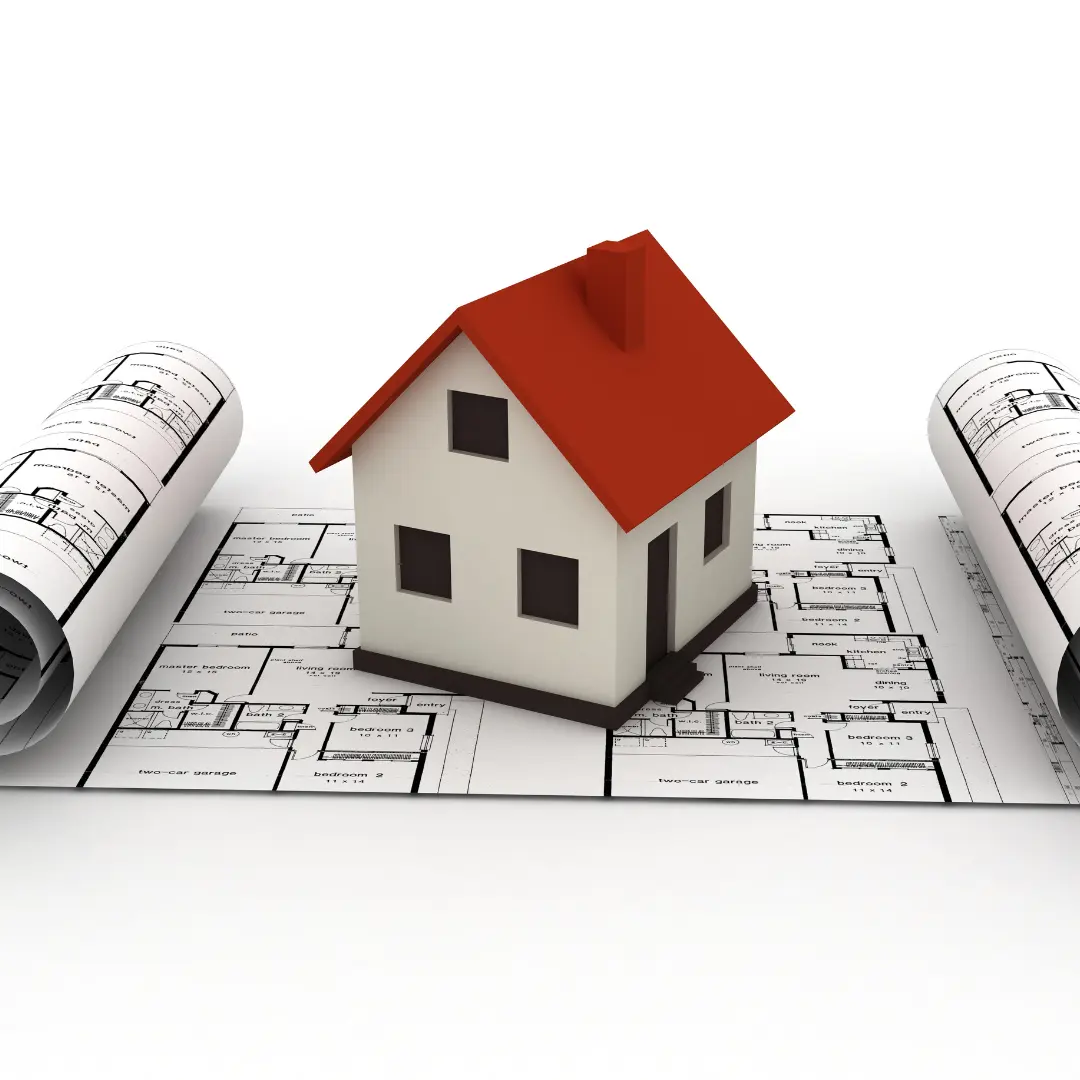
Navigating the Future of Homeownership

Innovative Home Construction
1. 3D-Printed Homes (£10,000 - £150,000)
3D-printed homes represent a groundbreaking approach to construction:
- Technology Breakthrough: This innovative method uses advanced printing techniques to construct entire houses layer by layer. The technology allows for quick and precise building, potentially transforming the construction industry.
- Sustainability: 3D-printed homes reduce waste and energy consumption compared to traditional building methods. The process is designed to be more eco-friendly, contributing to a lower carbon footprint.
- Costs: The cost of 3D-printed homes varies widely. Smaller structures can start around £10,000, while larger and more complex designs may reach up to £150,000.
2. Modular Homes (£50,000 - £250,000+)
Modular homes offer a flexible and efficient alternative to conventional construction:
- Modular Advantages: Modular construction involves building homes in sections or modules at a factory, which are then transported and assembled on-site. This method is known for its speed, cost-efficiency, and reduced construction time.
- Design Freedom: Homeowners can customize modular homes to suit their preferences, offering a range of design options and layouts to fit individual needs.
- Costs: The price of modular homes varies depending on size and level of customization. Costs typically range from £50,000 to over £250,000.
The Smart Home Revolution
1. Home Automation and AI (£500 - £5,000+)
Smart home technology is rapidly evolving, offering enhanced convenience and control:
- AI Integration: AI-powered systems can learn and adapt to homeowners" preferences, creating a personalized living environment that adjusts automatically to suit individual habits.
- Pros: Automated systems can manage lighting, temperature, and security, providing a high level of convenience and efficiency in daily living.
- Cons: Potential privacy and security concerns exist, as smart devices can be vulnerable to hacking or data breaches.
- Costs: The cost of home automation and AI systems varies widely, from basic setups around £500 to more extensive installations costing £5,000 or more.
2. Energy-Efficient Homes (£5,000 - £30,000+)
Energy-efficient homes incorporate sustainable features to reduce environmental impact:
- Eco-Friendly Features: These homes may include solar panels, smart thermostats, and sustainable building materials, contributing to a greener lifestyle.
- Cost Savings: Energy-efficient features can lead to substantial long-term savings on utility bills by reducing energy consumption.
- Challenges: Upfront costs for energy-efficient upgrades can be significant, and maintenance of advanced systems may require additional investment.
- Costs: The cost of implementing energy-efficient upgrades ranges from £5,000 for minor improvements to over £30,000 for comprehensive installations.
Emerging Trends in Real Estate
1. Co-Living Spaces (£600 - £2,500 per month)
Co-living spaces are becoming an increasingly popular housing option:
- Shared Living: In co-living arrangements, individuals or families rent private bedrooms while sharing common areas like kitchens and living rooms. This model promotes a sense of community and cost savings.
- Benefits: Co-living offers flexibility and affordability, making it a viable option for those looking to save on housing costs and enjoy a social living environment.
- Considerations: Privacy and compatibility with housemates can be concerns, so it"s important to consider these factors before committing to a co-living arrangement.
- Costs: Monthly rental costs for co-living spaces generally range from £600 to £2,500, depending on location and amenities.
2. Sustainable Communities (£200,000 - £1,000,000+)
Sustainable communities focus on eco-friendly living and shared resources:
- Eco-Friendly Developments: These communities are designed with green infrastructure and shared amenities, such as community gardens and energy-efficient buildings.
- Lifestyle Benefits: Living in a sustainable community can offer a healthier lifestyle and a stronger sense of community while reducing environmental impact.
- Investment Potential: Properties in sustainable communities can offer long-term value and appeal due to their eco-conscious design and growing popularity.
- Costs: Property prices in sustainable communities vary widely, ranging from £200,000 to over £1,000,000, depending on location and features.

Conclusion
The future of homeownership is shaped by innovative construction methods, smart home technology, and emerging real estate trends. From 3D-printed and modular homes to the smart home revolution and sustainable communities, there are numerous opportunities to enhance your living experience. Embracing these advancements can lead to greater sustainability, efficiency, and customization in your home. As you explore these options, consider how they align with your vision for an ideal living space.












